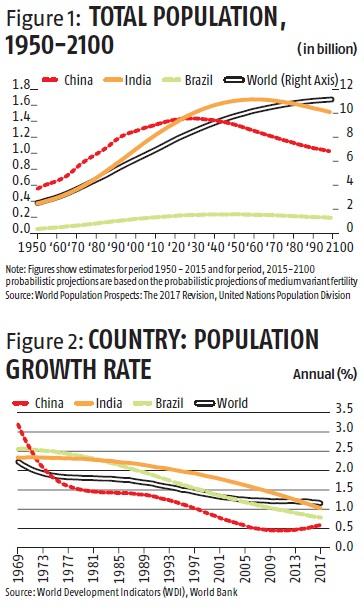7667766266
enquiry@shankarias.in
What is the issue?
Experience at the global level shows that population growth, GDP growth and poverty reinforce one another.
What does the population growth data reveal?

How does population growth link with GDP growth?

Can lower fertility rate lowers poverty?
Source: Business Standard